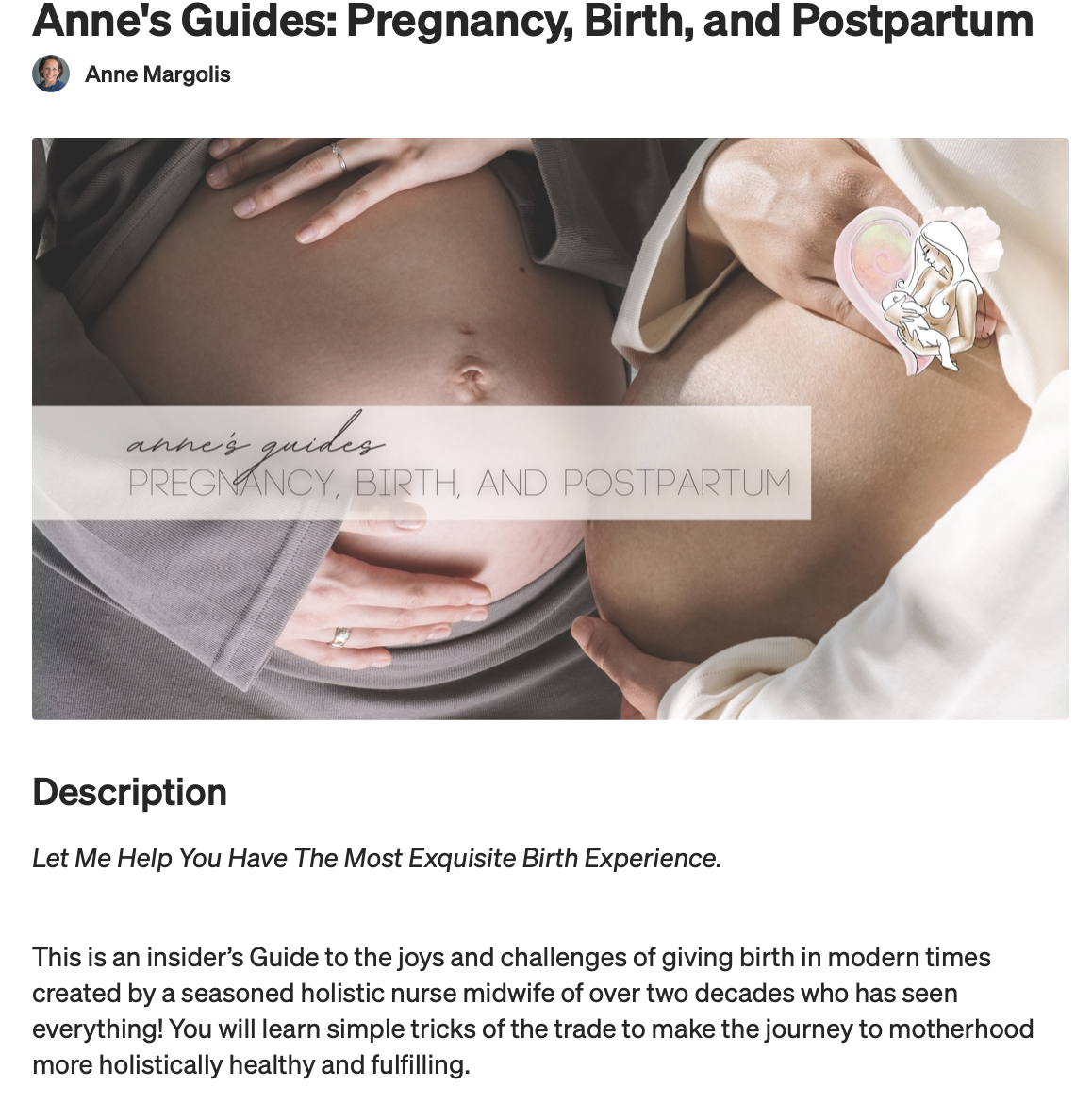A healthy diet can make a world of a difference and has short term and long term health benefits that extend far beyond relief of PMS. Maintain excellent nutrition by eating 3 whole, real, organic meals and healthy snacks throughout the day of a variety of nourishing foods. Listen to your body and eat only when you are hungry.
Include lots of organic fresh fruits, vegetables, nuts and seeds, and fermented foods like kimchi. If you eat grains, make sure they are whole. Eat 20-30 grams protein three times daily such as in nuts, nut butters, seeds, beans, and pastured organic animal protein if not vegan (like wild Alaskan or Norwegian salmon and other fresh cold water fish from non polluted waters, organic pastured eggs, chicken, turkey, beef, lamb, and organic pastured raw goat or sheep dairy). Add a few TBS of ground flax seed to your daily smoothie, applesauce or oatmeal.
Make sure to boost your intake of cruciferous veggies like broccoli, cauliflower and cabbage to balance your hormones. Load up on healthy fats and protein if your symptoms are primarily emotional. Many women feel best physically and emotionally by avoiding genetically modified foods, cane sugar (raw honey, maple syrup, coconut and date sugar are better substitutes), soy, dairy (especially cow) and gluten (choose gluten free grains like oats, kasha, millet, quinoa, and nut flours for baking), and organic living. Eat a paleo, or ancestral diet, basically basically how we used to eat when hunting and gathering, before the mass industrialization of food. Switch to using organic foods, body and household cleaning products without harmful toxic chemicals as much as possible.
Drink at least 64 ounces per day of filtered, spring or well water between meals (at least 20-30 minutes before or 2 hours after eating). Use cold pressed extra virgin olive oil, coconut oil or organic goat butter or ghee as your primary cooking fat, with sea salt and herbs for seasoning.
Foods to limit or avoid altogether include:
Processed foods high in sodium, chemicals, refined (white) flours, gluten, soy, cane sugar, partially hydrogenated fat, as these substances all exacerbate PMS symptoms and cause weight gain, as well as other health problems.
Commercially raised meat, eggs and milk products from hormone and antibiotic medicated animals confined and not fed their natural clean diet. Depending on your symptoms, you may need to avoid dairy completely.
Caffeine found in coffee, black tea, soda, chocolate, and combination over the counter drugs to relieve menstrual cramps such as Midol.
Alcohol, smoking, and street drugs.
Toxic cosmetics and body products, household and workplace chemicals, plastic food containers and packaging, pesticides.
Mind altering medications like sedatives, tranquilizers, sleeping pills, antihistamines and steroids, even common antibiotics and over the counter medications like acetaminophen and ibuprofen unless absolutely and medically necessary. You can aim for a medication free life as much as possible.
Investigate natural alternatives to medications. Acupuncture, Chinese herbs and homeopathy have provided relief to many women with all types of menstrual problems. They are especially helpful if your PMS symptoms are recurrent, chronic and/or so disturbing as to interfere with your sense of health and wellbeing. Try the lifestyle changes and natural supplements and herbal remedies discussed here for a few months, track how you feel and marvel at how much better you feel.
Consult some of the many resources available that discuss how to make healthy but delicious changes in your diet at home and on the road, such as Eating Well for Optimal Health by Dr Andrew Weil and Dr. Kelly Borgan’s Mind of Your Own: The Truth About Depression and How Women Can Heal Their Bodies to Reclaim Their Lives. Wonderful wholesome paleo cookbooks include:
Well Fed: Paleo Recipes for People Who Love to Eat
The Wellness Mama Cookbook: 200 Easy-to-Prepare Recipes and Time-Saving Advice for the Busy Cook
Paleo Comfort Foods: Homestyle Cooking for a Gluten-Free Kitchen
Make it Paleo: Over 200 Grain Free Recipes For Any Occasion.
Make sure you are getting enough sleep at night, and rest during the day, and that you get plenty of fresh air and adequate exposure to sunlight during non-peak hours. Weather permitting, spend at least 20 minutes outside with nature in the early morning or late afternoon sun each day. Allow time for enough sleep at night and rest during the day.
Regular exercise does wonders to prevent and relieve PMS symptoms. Take a brisk walk, dance or an aerobics class, swim, hike, cycle, play tennis, or do whatever moderate activity you enjoy for at least 30 minutes 5 times per week. Authentic yoga has many added benefits, such as enhancing deeper relaxation, inner balance and improving general well-being. I suggest trying a few studios to find the best fit for you, taking regular classes as well as creating your own yoga sanctuary for home practice.
SUPPLEMENTS FOR PMS
For general health and physical and emotional well-being, make sure to take the supplements here that include a whole food multivitamin, omega threes, probiotics, Vitamin D, plus:
Calcium, 250-500mg 2-3 times daily
Magnesium glycinate, citrate or taurate, one of the most important supplements for women, 500-800mg 1-2 times daily (aim for approximately equal amounts of calcium and magnesium, or even double the magnesium, but you can reduce the magnesium if you get diarrhea, or divide the doses throughout the day with the capsules or in tasty powder form) and bathe in it before bed for 15-20 minutes, adding 1 cup Epsom salts to your bath for a restful sleep
Vitamin B complex, 20-50 mg 1-2 times daily with methylated folate
Vitamin B12 sublingual (under the tongue), in the form of methyl, hydroxo or adenosyl cobalamin,) 1000-5000 mcg daily to 2-3 times weekly depending on symptom severity and blood levels
Vitamin E, 400 IU 1-2 times per day (higher doses with premenstrual water retention and cramps)
Curumin (Turmeric), 500 mg 1-3 times daily to reduce inflammation linked to depression, anxiety and other mental health challenges
Evening Primrose oil, Borage or Black Currant oil, 500-1300 mg 1-2 times daily
Maca powder or capsules to balance your hormones, stress response and relieve PMS
DIM (Diindolylmethane), 25 mg of 25% diindolylmethane, from Brassicacae vegetables and/or Sulforaphane, 400-800 mg daily, or add Broccoli Sprout powder to your cooking to balance the estrogen dominance
Make sure you are getting enough essential fatty acids by taking 1000-2000 mg of the fish oil with 300 mg DHA/EPA twice daily, and adding the additional Evening Primrose, Borage or Black Currant oil all with GLA (gamma linoleic acid). Metagenics, Vital Choice, New Chapter, Innate Response and Nordic Naturals make high quality, trusted fish oil supplements, tested free of toxins and pollutants. But, as with all supplements, give a 6-8 week trial of continuous use to see results.
If You Have Troubling Emotional Symptoms
Implement the lifestyle changes and natural remedies for stress and emotions that apply not only in pregnancy but beyond, and certainly are critical for relief of troubling emotional PMS symptoms. Learning how to calm yourself and activate your relaxation response is key, using a regular practice of meditative breathwork. Biofeedback, energy medicine, hypnotherapy and self-hypnosis can also do wonders, but deeper transformative healing, release of stuck emotional and past trauma energy comes with conscious connected breathwork.
Spend more time outside in the sun as mentioned above, non peak hours, ideally without or low dose all natural sunscreen. If you do not spend at least 2 hours daily in the sun (a cloudy or winter day is sufficient), buy a full spectrum bright light therapy for the indoors, and expose yourself to 2500-10,000 lux two hours per day.
BALANCING EMOTIONS
Seek balance in your emotional life, instead of going for highs and the lows that follow. Surrender to and embrace the cycles of life and its ups and downs and ups again, and know that day always follows night, and light always comes after darkness. Nothing is permanent, including waves of emotion. Learn how to ride them, move them through your body with dance or breathwork, without getting too attached to any one feeling or the story around it.
Live one hour at a time, or better yet, one moment, one breath at a time. Become intensely conscious of the present, and acutely sensitive to your feelings and inner experiences, using all of your senses. Observe, watch and allow whatever comes up without judgement or thought.
Life is stressful and always has been, and eliminating all outside stress, especially that which we can not control, is not an option. We can only work on changing our outlook about stressors we cannot change. This involves deep profound and rewarding transformation, cultivating spirituality, and an attitude of surrender, acceptance, realizing that very little in life outside of our own way of thinking and behaving is in our control, and believing that everything happens for our ultimate benefit and growth as a human being, even if we do not understand why.
RELAXATION TECHNIQUES
You can learn to activate your own relaxation response to stressors and quiet your nervous system with breath awareness and relaxation techniques, mastery over your thoughts, and also by modifying what you can in your day to make it less stressful and more in alignment with your core values. This includes, for example:
Cutting down on the added nonessential burdens in your life, especially if you feel overwhelmed
Avoiding overscheduling yourself
Changing work hours to avoid rush hour traffic
Allowing more time to get places
MINDFULNESS AND MINDSET
A wonderful life-changing approach to internal stress, feelings of depression and anxiety is learning about present moment awareness and mindfulness, and incorporating them into your daily life.
Know that you are in charge of the thoughts you dwell on, feelings and how you react to stressful or painful situations, and that you have the ability to change your attitude and reaction to life experiences to more health enhancing responses. For example, you can surrender to and totally accept unpleasant life events over which you have no power. You can also view them as potential gifts, powerful stimulus to change, a wake-up call, an opportunity for personal growth, redirection and spiritual practice.
You can always try to focus as much attention as possible on the now, literally without letting your thoughts wander and dwell into the past or imagined future. Mastery over your thoughts, attitudes and reactions can have a dramatic impact on your brain chemistry, balancing the hormones responsible for affecting moods and emotions, and preventing and even treating clinical depression and anxiety.
Reduce feelings of tension and increase feelings of calm centeredness and balanced grounding by taking a “healing interval” to meditate for 10-20 minutes 2-3 times per day. Sit comfortably and quietly. Keep your eyes closed and internally focused between your eyebrows or softly gazing at a low, still object or place (like where the floor meets the wall). Turn off the mental noise and think and do absolutely nothing. Simply be aware of your breathing in all its details, the present moment and everything that you notice within it. If you get lost in thought, simply bring your attention back to watch your breath.
Tap into your spiritual self and practice slow deep abdominal breathing, yoga (especially Yin, gentle and restorative), QiGong, Tai Chi, progressive muscle relaxation techniques (yoga nidra), visualization and guided imagery, or cutting edge stress reduction audio programs and courses. For example, imagine you are in a place where you feel whole, inner joy and peace, and spiritually connected. Or think of a healing or rejuvenating spiritual energy or light flowing through and around you. This is an essential, yet easy to learn, tool with endless benefits and rewards to your physical and emotional health. Locate your nearest Zen Center (Zen is NOT a religion and does not conflict with any religion) or read any book by Thich Nhat Hanh, Pema Chodron, or Shunryu Suzuki to learn the basics of meditation and Zen practice.
Listen closely to your body’s messages. You may need to either slow down or become more busy with things that bring you deeper satisfaction and enrichment. You may need more time for yourself, or you may need to focus more on giving or helping others. It is extremely beneficial to find a small way to help someone in need each day, by giving your time, energy and presence to ease the burden and increase the happiness of even one person. Focus on connections with family and friends, healing relationships, making peace and giving love.
Try to make a conscious effort to increase feelings of forgiveness, appreciation, love, joy, optimism and healing, while letting go of anger, resentment, envy, fear, sadness and negativity. Most importantly, increase your awareness of anxiety provoking, tension causing, or depressive thought patterns that are not serving you. Try to shift your attention to something more positive and ultimately change your mental state. You can actually transform them at their deeper subconscious roots with Clarity breathwork.
Mastery over your thoughts, attitudes and reactions can have a dramatic impact on your brain chemistry, balancing the hormones responsible for affecting moods and emotions, and preventing and even treating clinical depression and anxiety.























